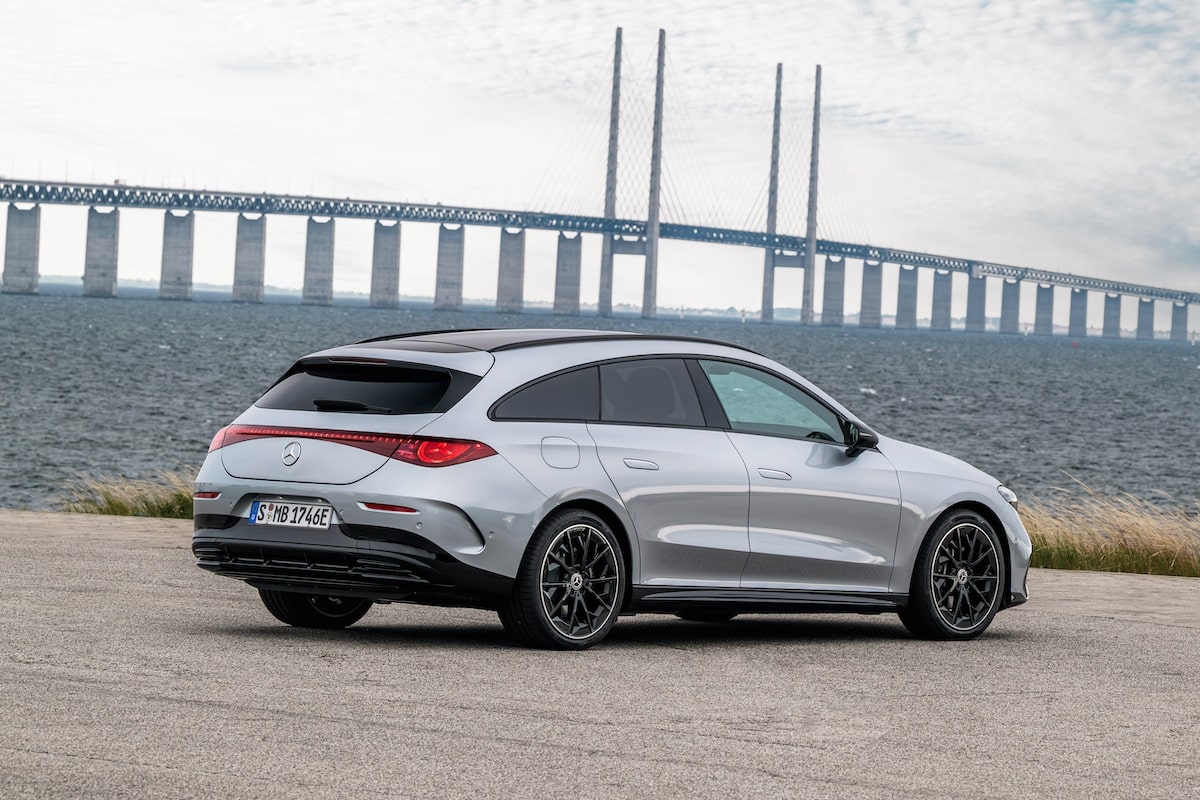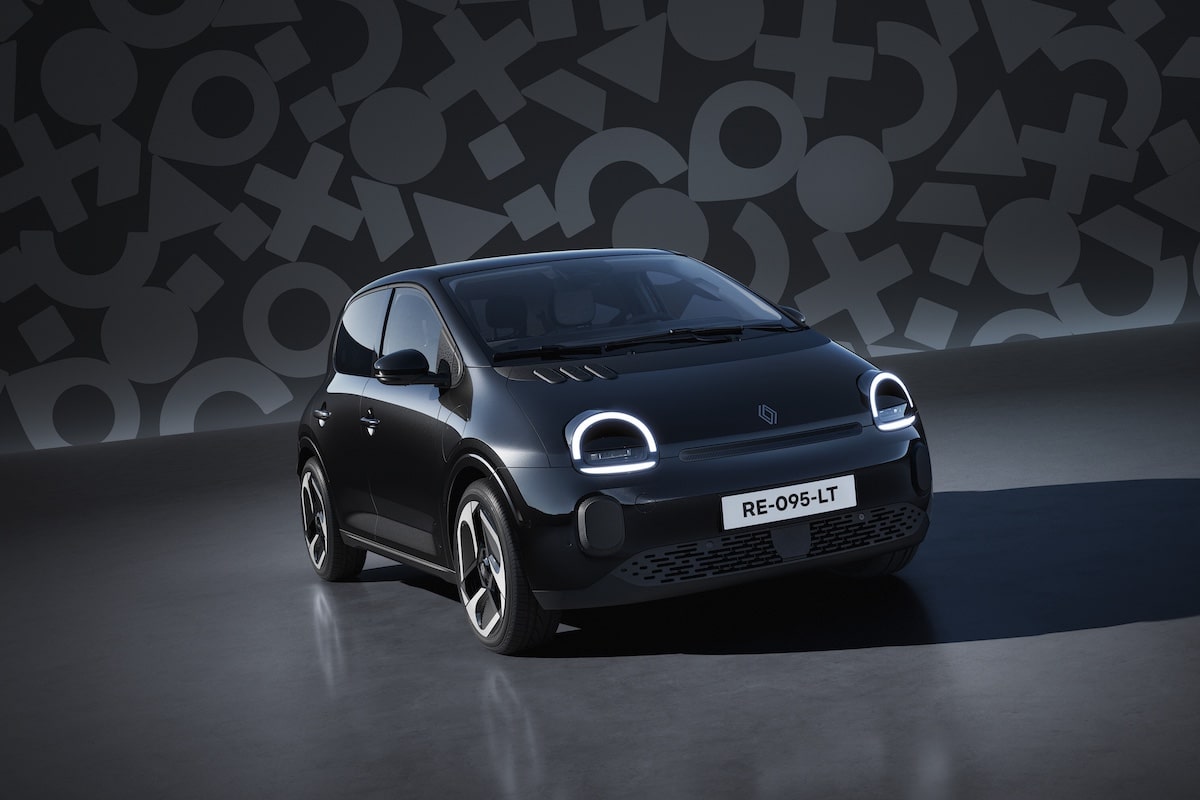Electric police cars: what savings for the state?

Electric vehicle fleets yield huge savings for private companies. But what about the French administration?
The transition to electric vehicles (EVs) for the French police fleet could lead to significant fuel savings, but it also involves higher initial costs. This article analyzes the potential savings and costs associated with such a transition.
Fuel Savings
Currently, the French police fleet consists of about 30,000 vehicles. Assuming an average fuel consumption of 10 liters per 100 km and an average annual mileage of 20,000 km per vehicle, the total fuel consumption amounts to 60 million liters per year. With an average fuel cost of €1.80 per liter, this represents an annual expenditure of about €108 million.
By switching to electric vehicles, which consume on average 18 kWh/100 km, the total annual electricity consumption would be 108 million kWh. At an average price of €0.15 per kWh, the total electricity cost would be €16.2 million per year. Thus, the state could save about €91.8 million annually on fuel costs.
Initial Vehicle Cost
The initial purchase cost of vehicles is a crucial factor. A thermal vehicle costs on average €25,000, while an electric vehicle costs about €40,000. For a fleet of 30,000 vehicles, this represents a total cost of €750 million for thermal vehicles versus €1.2 billion for electric vehicles, a difference of €450 million.
Charging Infrastructure
The establishment of charging stations is also necessary. Assuming that a charging station costs €5,000 and that one is needed for every 10 vehicles, installing 3,000 stations would cost about €15 million.
10-Year Analysis
Over a period of 10 years, the fuel costs for thermal vehicles would amount to €1.08 billion (€108 million per year), bringing the total cost (including initial cost) to around €1.83 billion. For electric vehicles, the electricity costs would be €162 million (€16.2 million per year), and with the initial cost and charging infrastructure, the total cost would be €1.377 billion.
Conclusion
Taking into account the higher initial costs of electric vehicles and infrastructure fees, the French state could save about €453 million over a 10-year period. These savings primarily stem from significantly lower fuel costs and reduced maintenance costs for electric vehicles. Thus, the transition to an entirely electric police fleet presents significant long-term economic advantages, despite the high initial investments.
This page is translated from the original post "Voitures de police électriques : quelles économies pour l’État ?" in French.
We also suggestthese articles:
Also read





